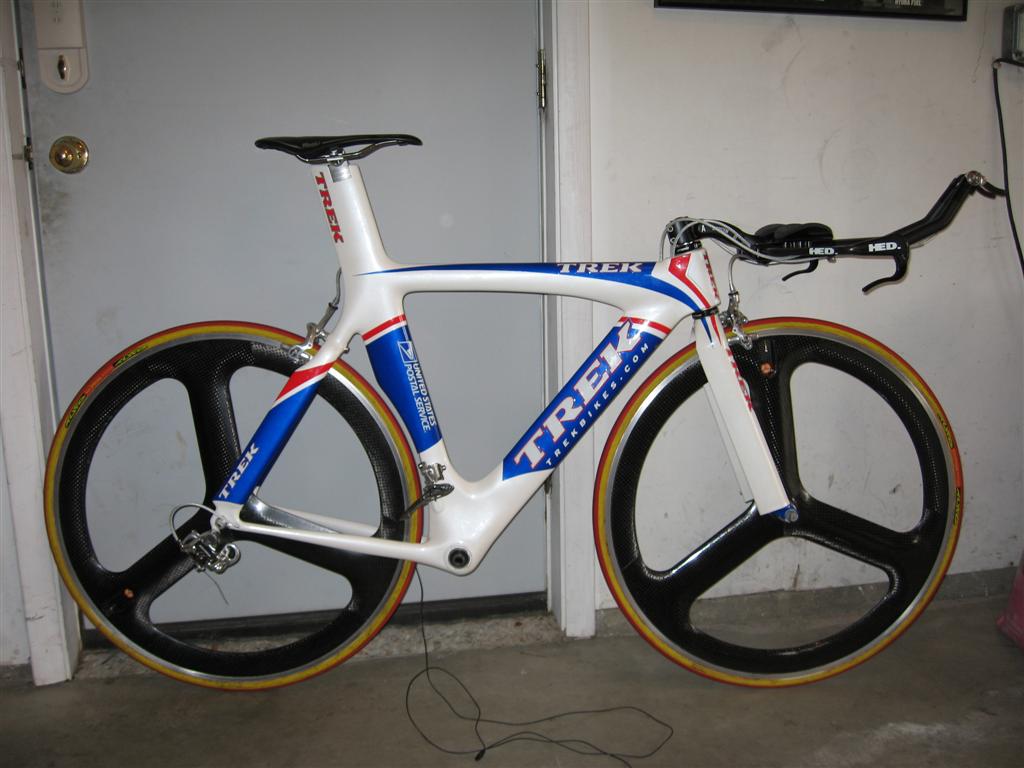Aaah...but you see, you can do it just as easy as the seat measurement without the jig. You just need an angle finder and a tape measure.
OK...let's try "The Unified Theory of Saddle and Aerobar Measurement - Take II". Let's start with some proposed language and pics. As discussed earlier in this thread, here is the proposed language for section 1.3.013:
1.3.013 - The peak of the saddle shall protrude no further forward than 17 centimeters in front of a line passing through the bottom bracket spindle and inclined rearward at an angle of 78 degrees from the horizontal.

Boom. That's it. No exceptions for track races, etc. Great...so, let's do the same for the front end. Here's my proposal for section 1.3.023:
1.3.023 - For road time trial competitions and for the following track competitions: individual and team pursuit, kilometre and 500 m, an extension may be added to the steering system. The extension shall protrude no further forward than 66 cm in front of the intersection of limit line B (as set in article 1.3.022) and a line passing through the bottom bracket spindle inclined forward at an angle of 78 degrees from the horizontal, with the other limits set in article 1.3.022 (B,C,D) remaining unchanged. A support for the elbows or forearms is permitted (see diagram <<Structure (1B)>>).
For road time trial competitions, controls or levers fixed to the handlebar extensions may extend beyond the 66 cm limit as long as they do not constitute a change of use, particularly that of providing an alternative hand position beyond the 66 cm mark.

OK...so that's it. Simple, easy to measure, scales for the size of the rider.
The jig can be used as described above to check both measurements...or, you can just pull out the angle finder and a tape measure :-)
BTW, the example above used 78 degrees as the reference and the 66 cm is calculated to provide 75cm of extension at a height of 67cm (top of a typical 700c tire) assuming a bottom bracket height of 24 cm. If a different angle is chosen, then the forward extension dimension (in this case 66cm) can be calculated from the equation:
Forward extension = 75cm - (67cm - 24cm)/(tan angle)
What do you think?
http://bikeblather.blogspot.com/


